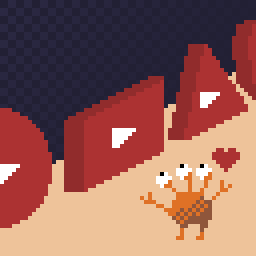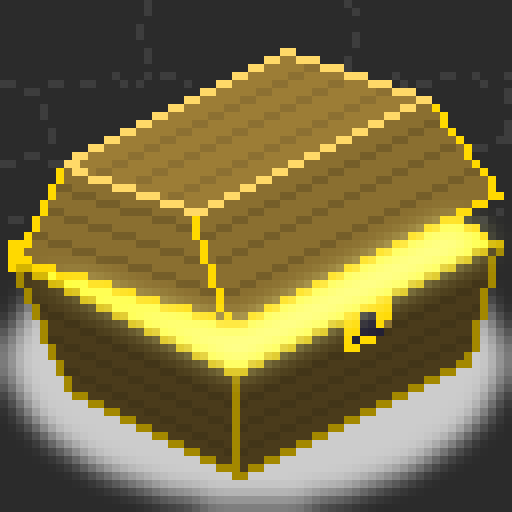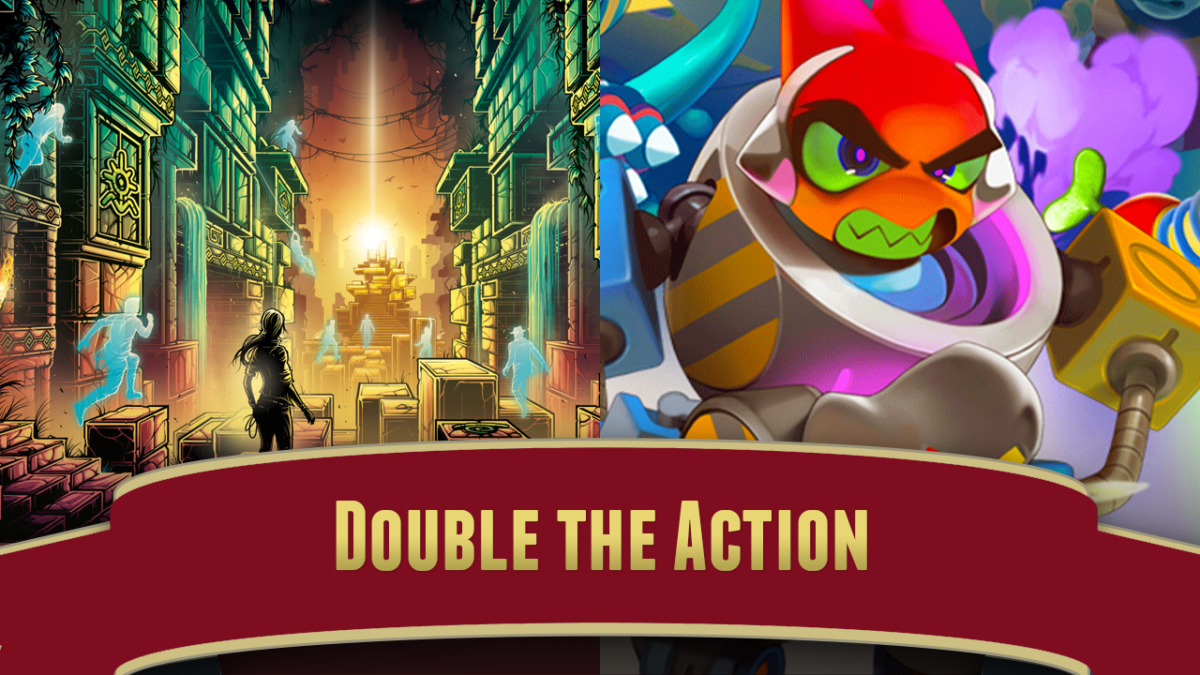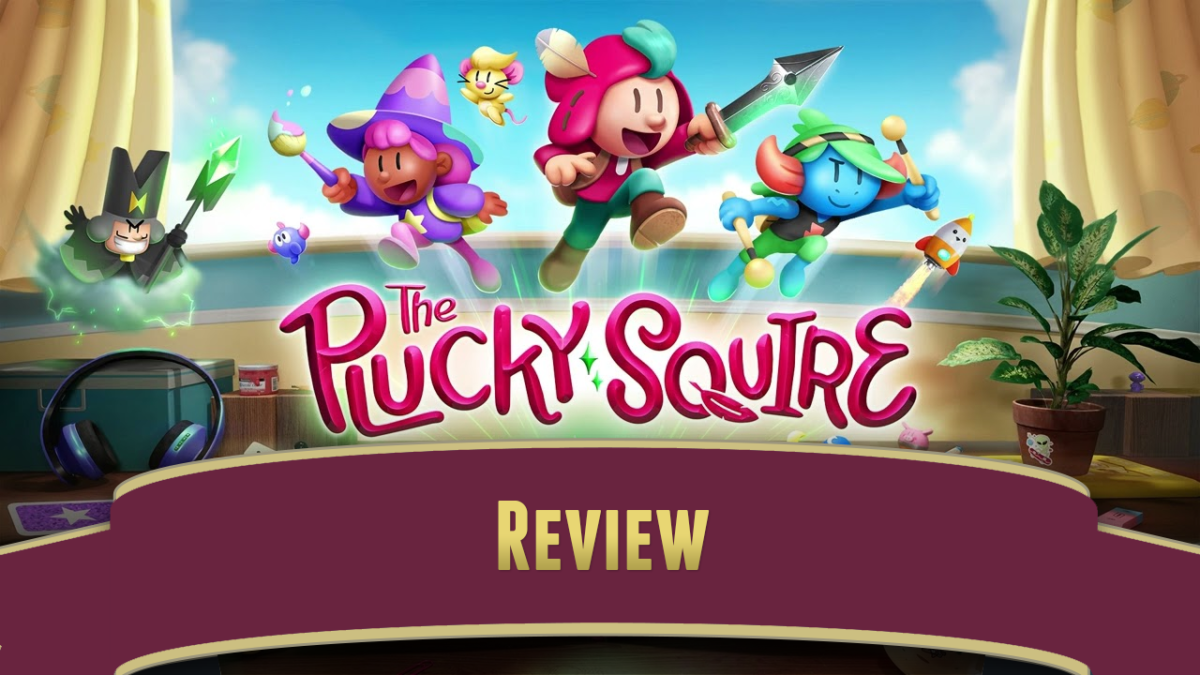Clyde “Tomato” Mandelin, translator and localizer of video games, including especially of the fan translation of Mother 3, has a website and blog called Legends of Localization. It had been sleeping for a couple of years, but recently has sprung to life again with two posts this year. A few days ago he linked to a 2017 live playthrough and translation in a series of Youtube videos he made of a Sega Saturn JRPG called Tengai Makyō: The Apocalypse IV, a satirical game that pokes fun at Western culture, that he refers to as kind of a cousin of Earthbound. At 31 videos, each about two hours long, it takes quite a while to get through the whole thing, but it sounds like fun. Here is the 62-hour epic:
On the same day, he posted a history and timeline of fan’s waiting for news about an official localization of Mother 3.
Back in April he curated a collection of articles about bad game translations, including games like Twinkle Star Sprites and Breath of Fire II, but also has a collection of iffy translations of English games into Japanese. It turns out that Atari Games was notorious for them, inspiring a couple of long-lasting Japanlish memes.

I hope these posts are an indication of further writing from Tomato in 2025!










